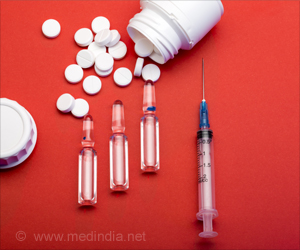In the first study of its kind in Europe, Sabine Weingast and colleagues at the Department of Anaesthesiology, School of Medicine, Technical University of Munich, Germany, looked at the links between call outs of EMS (ambulances assisted by a doctor) for acute coronary syndrome (ACS) and weather conditions and air pollution levels.
ACS is umbrella term for heart attacks and unstable angina, which can lead to a heart attack. It is one of the most common causes of death in Germany and of EMS call outs, making it a good marker of pressure on the health service.
Almost a third (3,818) of the 12,073 EMS call outs in the Munich-Riem area of Munich from 2014 to 2017 were for ACS.
Factoring in data provided by the Munich German weather service revealed that call outs for ACS were more likely when air pollution was high.
Rises in carbon monoxide, nitrogen monoxide and nitrogen dioxide were all associated with an increase in ACS.
The analysis also revealed that there were fewer EMS call outs in higher temperatures, including fewer for ACS.
There was no link, however, between ACS and other weather conditions, such as hours of sunshine, wind speed and cloud cover.
The study’s authors say: “In line with studies in other countries, we found significant correlations between meteorological parameters, air pollution and EMS dispatches due to ACS.
“These findings show that weather and air pollution influence people’s health, medical resources and healthcare costs.”
Ms Weingast adds: “Studies into how hospitals can be better prepared for weather and air-pollution-driven fluctuations in demand are urgently needed.
“The results of these will allow them to allocate staff and other medical resources based on the weather forecast and help ensure patients get the care they need.
“More research on lowering levels of air pollution is also necessary.”
Source: Eurekalert



